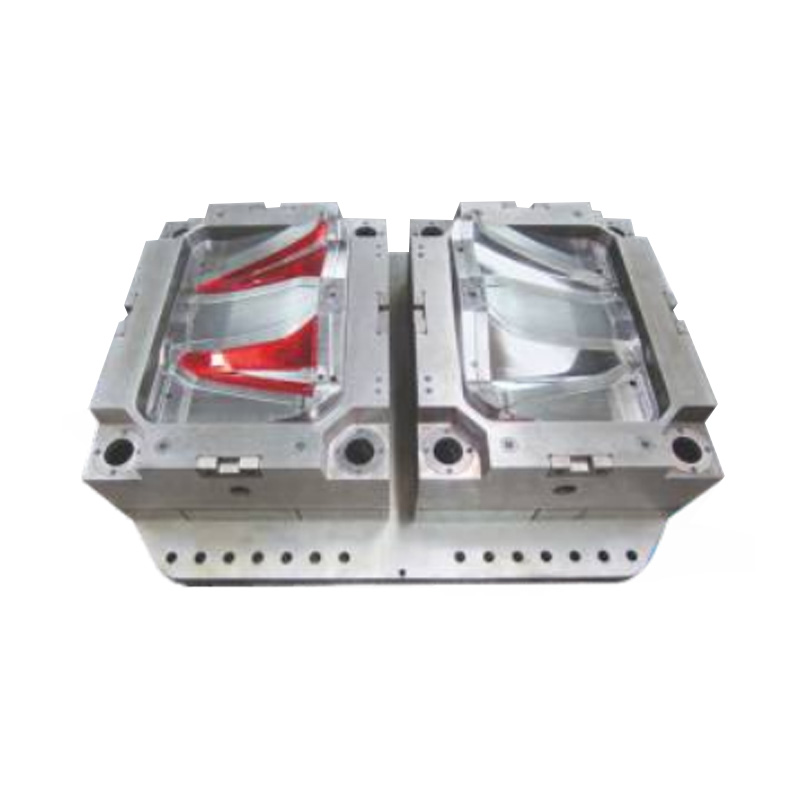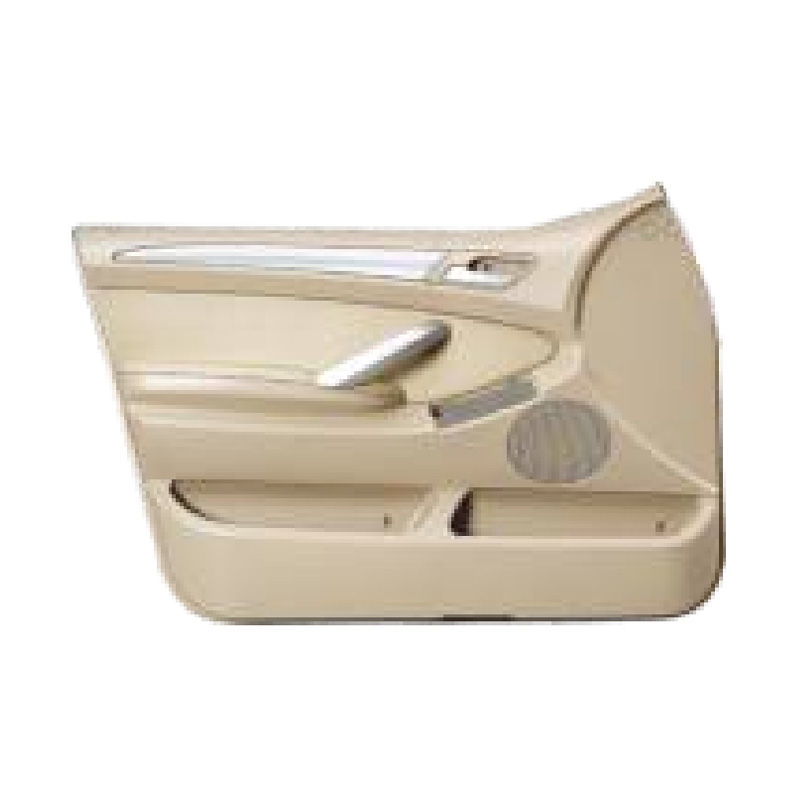The automotive industry is in a perpetual state of evolution, driven by demands for efficiency, sustainability, and cost-effectiveness. At the heart of this transformation lies a manufacturing powerhouse: injection molding. This process has become indispensable for producing a vast array of components, from intricate interior details to critical under-the-hood parts. The strategic shift towards utilizing plastic injection car parts is not merely a material substitution; it is a comprehensive cost-reduction strategy. By examining the key advantages of injection molding car parts, we can understand how this method significantly trims overall manufacturing expenses.

1. Production Efficiency and High-Volume Output
The core principle of injection molding is its ability to produce enormous quantities of parts with remarkable speed and consistency, making it ideal for the high-volume automotive sector.
-
- Rapid Cycle Times: A single cycle of an injection molding machine can take as little as 15 to 60 seconds. This means that a single mold can produce thousands of moulding car parts per day, creating a continuous and predictable supply for assembly lines.
- Full Automation: The process is highly amenable to full automation. Robotic arms can consistently remove finished parts, manage sprues and runners, and even perform secondary operations, drastically reducing labor costs and minimizing human error.
- 24/7 Operation: Modern injection molding machines are built for relentless operation. This "lights-out" manufacturing potential allows facilities to run around the clock, maximizing the return on investment for the tooling and equipment.
The efficiency of producing plastic injection car parts at this scale directly translates to a lower per-unit cost, which is fundamental to managing the budget of a new vehicle program.
2. Significant Material Advantages and Waste Reduction
Material costs and waste are critical financial considerations. Injection molding car parts offers distinct benefits in both areas compared to traditional methods like metal stamping or machining.
-
- Minimal Scrap Generation: Unlike subtractive processes that carve away material, injection molding is an additive process. The exact amount of plastic needed is injected into a mold cavity. While sprues and runners are created, these are often reground and recycled directly back into the production cycle.
- Lightweighting for Fuel Efficiency: The primary benefit of plastic injection car parts is their low density. Reducing a vehicle's weight is the single most effective way to improve fuel efficiency and reduce emissions. This not only saves the end-user money but also helps manufacturers meet stringent global emission standards, avoiding hefty fines.
- Material Versatility: A vast range of thermoplastic polymers is available, allowing engineers to select the perfect material with the required strength, heat resistance, or flexibility at the lowest possible cost for each specific application of moulding car parts.
3. Substantial Cost Savings in Assembly and Integration
The economic benefits of injection molding car parts extend far beyond the molding machine itself. The process enables part consolidation and integrated functionality that simplifies the final vehicle assembly.
-
- Part Consolidation: A single, complex injection-molded component can often replace an assembly of multiple metal parts. For example, a single molded dashboard frame can eliminate the need for a dozen separate brackets, screws, and fasteners.
- Built-in Fasteners and Features: Components can be designed with integrated clips, living hinges, and snap-fits, eliminating the need for separate screws, welds, or adhesives. This drastically reduces the time and labor required on the assembly line for installing these plastic injection car parts.
- Modular Design: Large, complex modules (like an entire door panel) can be manufactured as a single unit, pre-assembled with its components (switches, speakers), and then installed in the vehicle in one swift operation.
The following table illustrates a typical part consolidation scenario for a door panel:
| Traditional Multi-Part Assembly |
Consolidated Injection Molding Solution |
| Metal Frame Structure |
Single, molded plastic substrate |
| 8-12 Separate Brackets |
All brackets molded as one with the substrate |
| Screws and Fasteners |
Integrated snap-fits and clips |
| Multiple Assembly Steps |
One-step module installation |

4. Enhanced Aesthetics and Finishing Efficiency
Injection molding provides a high-quality surface finish straight out of the mold, reducing or eliminating the need for expensive secondary finishing operations.
-
- Class-A Surfaces: Interior components like dashboards, trim, and control panels can be molded with a flawless, ready-to-paint or textured surface. This eliminates the need for sanding, priming, and extensive painting.
- In-Mold Decoration (IMD): Films with woodgrain, carbon fiber, or metallic finishes can be placed inside the mold. The molten plastic fuses with the film during injection, creating a durable, high-end decorative surface in a single step. This process is extensively used for creating aesthetically pleasing plastic injection car parts like center console controls.
- Color Integration: Pigments can be mixed directly into the polymer resin before molding, ensuring the color is consistent throughout the part. This prevents scratches or chips from revealing a different color underneath, maintaining a pristine appearance for the life of the vehicle.
The widespread adoption of injection molding car parts is a testament to its profound impact on the automotive industry's bottom line. It is far more than a simple manufacturing technique; it is a holistic approach that drives down costs at every stage of the product lifecycle. From the raw material and production efficiency to the simplified assembly and superior end-product quality, the strategic use of moulding car parts enables manufacturers to build lighter, more complex, more durable, and more affordable vehicles. As material science continues to advance, allowing for even more demanding applications, the role of plastic injection car parts in shaping the cost-effective and innovative vehicles of the future will only become more pronounced.


